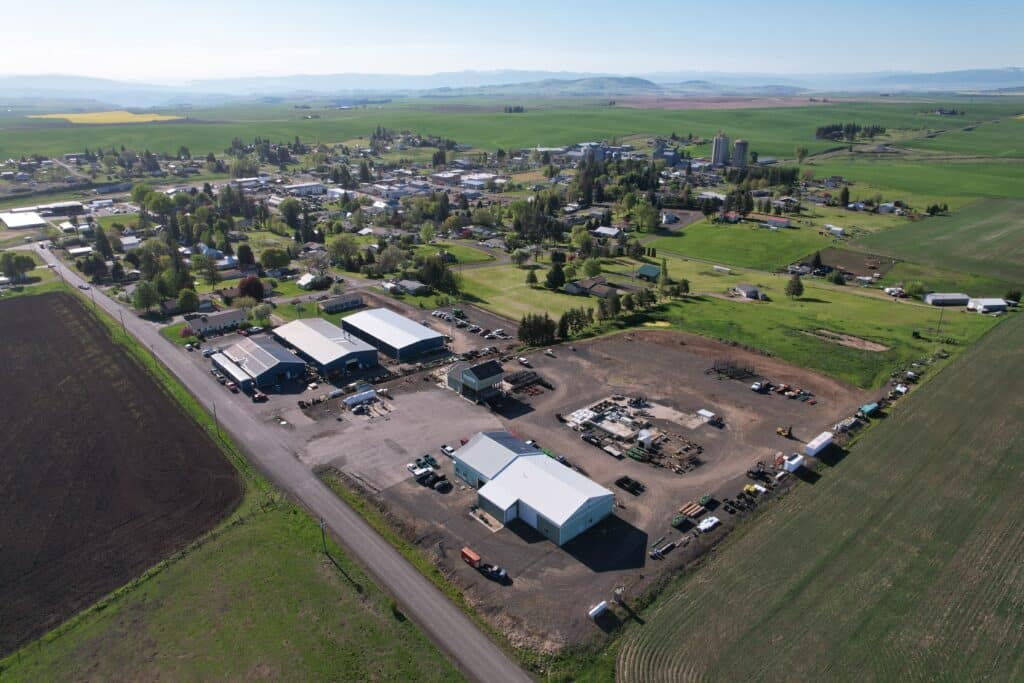The Importance of Education


The issue of educating our youth about local job opportunities holds immense significance here at Hillco Technologies. Idaho’s manufacturing industry is currently overtaking national growth rates at 29% compared to the national average of 7%. As a manufacturing company, Hillco Technologies is the largest private employer in Lewis County. Even so, many adolescents are unaware of our presence in the job market.
The matter of offering young individuals a clearer understanding of the employment landscape within their immediate vicinity is paramount. Having immediate options to begin building their financial house, without the need to relocate, enables them to build a solid foundation for financial health in their future. By familiarizing themselves with options available locally, youth can make informed decisions about their career paths, considering factors such as industry demands, growth potential, and personal interests. Additionally, they can gain valuable insights into potential careers while incurring none of the expenses they would while pursuing a bachelor’s degree in an unfamiliar field.
This knowledge empowers them to pursue careers that align with their skills and aspirations while also contributing to the economic vitality of small towns like our own.
This education begins at home. During our interactions at the first ever Kamiah High School Job Fair this year, we had the opportunity to connect with many of our own employee’s children. While they were aware that their parents work with us, they were completely unaware of the role their own parents currently play at our factory. We brought this discussion point up at our quarterly meeting—career education begins at home! Include your children in work conversations!

Promoting this awareness of local job opportunities bolsters the sustainability of the community’s economy. Towns like Nezperce, ID often rely on a diverse range of industries, from agriculture and manufacturing to hospitality. By encouraging our young people to invest their talents and resources in local enterprises, rural areas enhance their economic self-sufficiency and reduce reliance on external sources for employment.
An additional effect is a sense of belonging. When young adults are aware of the diverse employment opportunities available around them, they develop a deeper connection to their community and are more likely to invest in its long-term prosperity. This can lead to increased participation in local initiatives, support for small businesses, and a stronger sense of communal identity. By nurturing a generation of youth who are invested in the success of their own small towns, communities can cultivate a vibrant and resilient social fabric that sustains their unique character and fosters a sense of belonging for all residents.

